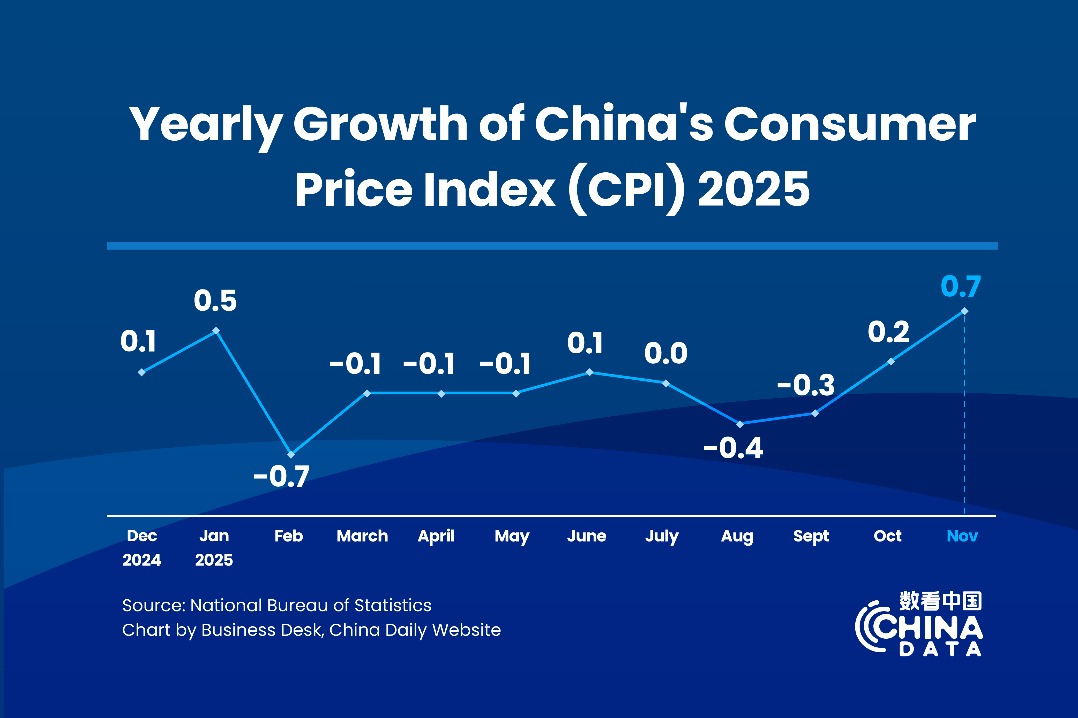How building efficiency partnerships can help China meet its sustainability goals

China is the largest building construction market in the world, with up to 2 billion square meters constructed annually, which will account for nearly half of new construction globally in the coming decade. In 2011, buildings accounted for just 28 percent of China's energy consumption, but urbanization, economic growth and rising population could increase this number by as much as 40 percent over the next 15 years. The adoption of green building technologies and solutions is a key enabler to support China's sustainability and environmental protection goals.
China's 13th Five-Year Plan for Building Energy Efficiency and Green Building Development includes aggressive goals for green building construction and renovation, including a requirement for 50 percent of all new urban buildings to be certified green buildings. The plan also specifies pilot programs for constructing and renovating energy-efficient primary and secondary schools, community hospitals and public buildings.
As the national five-year plan is cascaded to provincial and municipal jurisdictions, nearly 20 cities have set even more ambitious targets. For example, Changde, Zhenjiang, Zibo, Wuxi, Suzhou, Shanghai, Beijing, Shenzhen and Chongqing will require 100 percent of new commercial buildings to be green. In the pursuit of even more sustainability, more than 90 percent of China commercial-building owners plan to have at least one net or near-zero energy building in the next 10 years.
National plans, policies and targets are important drivers of investment and improvement. Still, significant challenges remain in implementation at a city and district level, such as capacity-building, business models, financial solutions and access to information.
Public-private partnerships continue to be one of the most effective ways of overcoming these barriers. The East Asia launch of the Building Efficiency Accelerator (BEA), a global public-private partnership coordinated by the World Resources Institute, was held at the Thirteenth International Conference on Green and Energy-Efficient Building in Beijing. The launch included government, private-sector and civil society stakeholders and showcased the building-efficiency policy best practices of three leading Chinese districts – Changning district, Wuxi City High-Tech Industrial Development Zone, and Suzhou Taihu New City, as well as the BEA partner cities of Ulaanbaatar, Mongolia, and Iskandar, Malaysia.
The Changning district deployed an energy-monitoring platform that now tracks 160 of the district's 165 public buildings. To date, 32 buildings have been retrofitted to achieve an average 20 percent energy savings. The district also provided subsidies to building managers, which in turn encouraged building managers to invest an additional 140 million yuan ($20.33 million) to improve building efficiency.
Wuxi City High-Tech Industrial Development Zone provided incentives for new buildings that are certified to the US Green Building Council's LEED or China's national three-star rating systems. Buildings that achieve the highest green building ratings in either certification program receive up to 500,000 yuan ($75,000) with similar incentives provided for the use of heat pumps, solar photovoltaic systems, and other clean energy technologies.
The Suzhou Taihu New City will house 200,000 residents, and all buildings will be designed to receive at least two stars from China's three-star rating system. The city will also boast a green-building demonstration area, constructing several projects such as zero-energy schools and monitoring of the building's energy performance.
The progress of these districts is substantial, but there's still a long way to go. Throughout my 20-plus-year career at Johnson Controls, we've been innovating technologies and solutions to make buildings smarter, safer and greener. We see it not only as a value proposition, but more importantly, as a responsibility to help cities and communities become more efficient and sustainable. Our new Asia-Pacific headquarters will not only be a showcase for smart, sustainable building technologies and solutions, but also a living laboratory supporting our work within the US-China CERC Building Energy Efficiency consortium. We will leverage the facility to convene roundtables and forums to support these public-private partnerships and share industry best practices that can help local and provincial governments in China and across the Asia-Pacific improve sustainability and accelerate urban-efficiency improvements.
Trent Nevill, President, Asia-Pacific, Johnson Controls




































